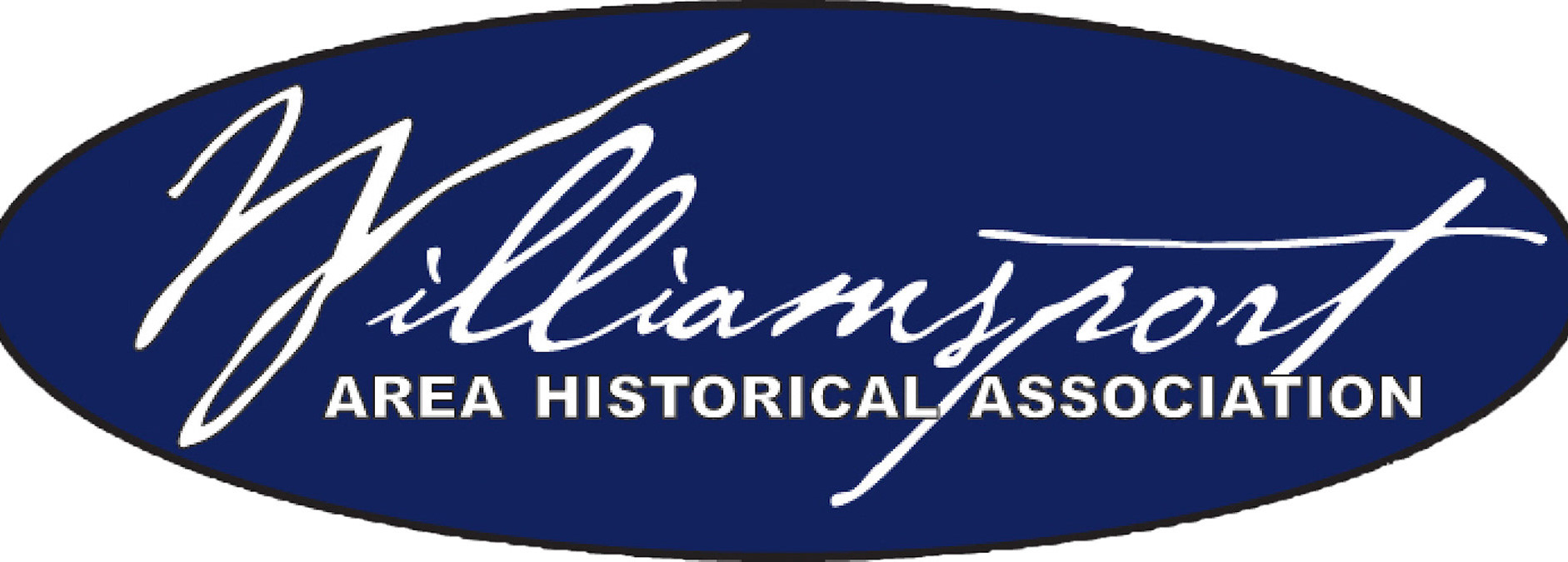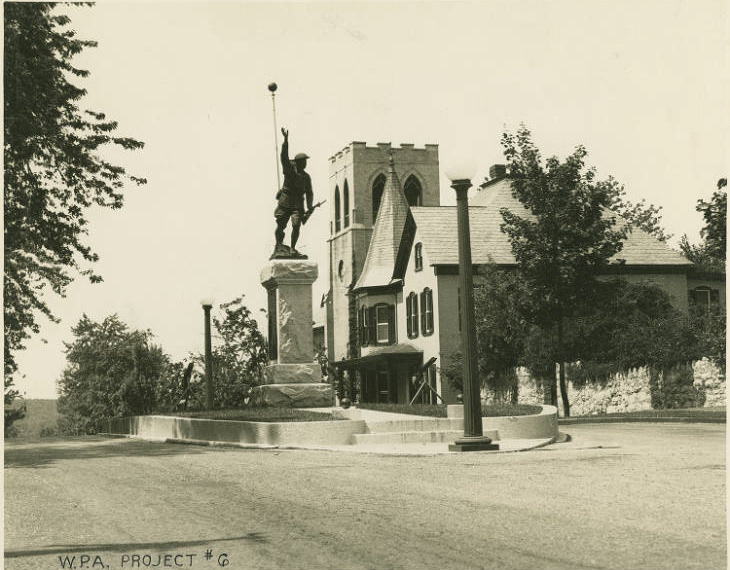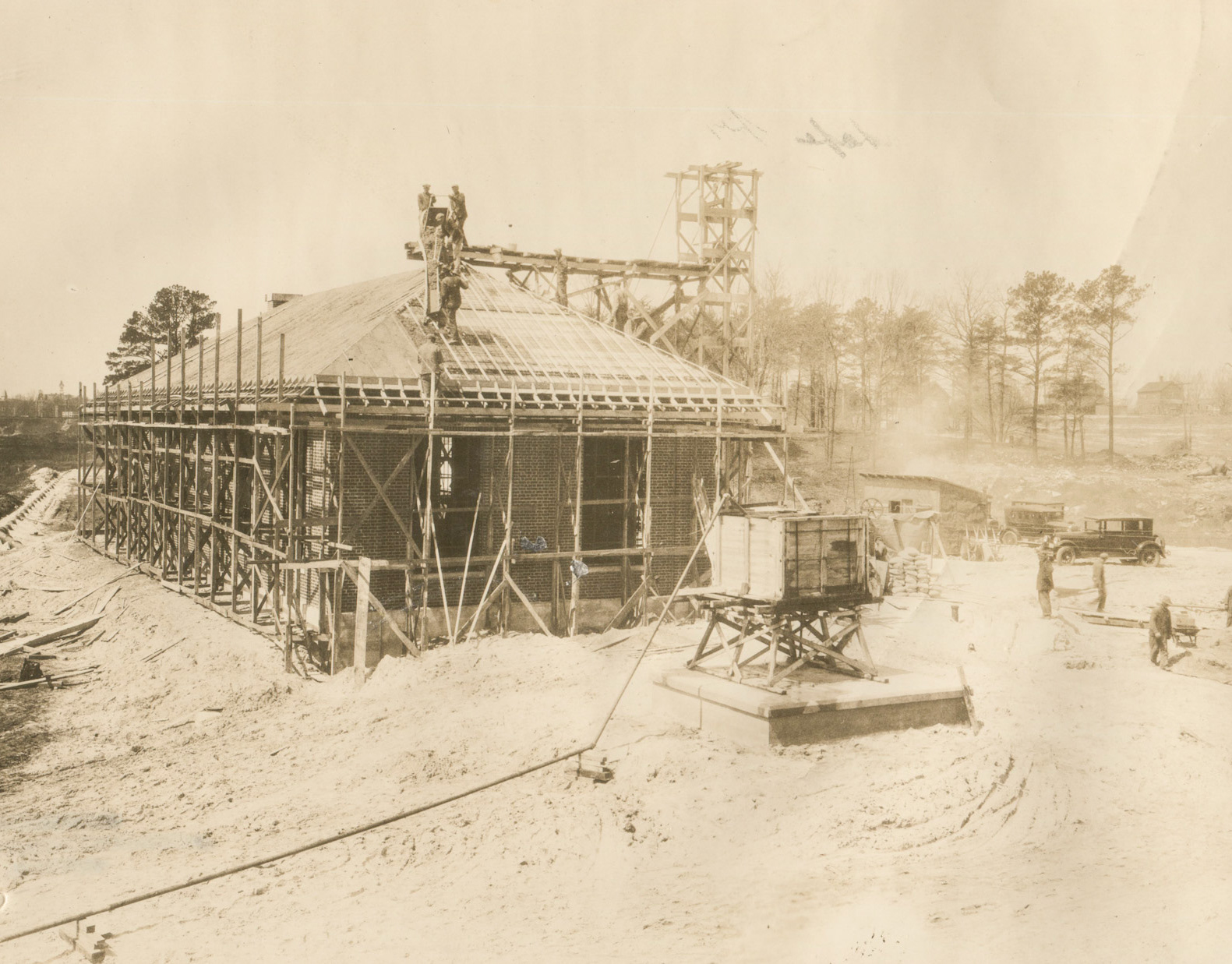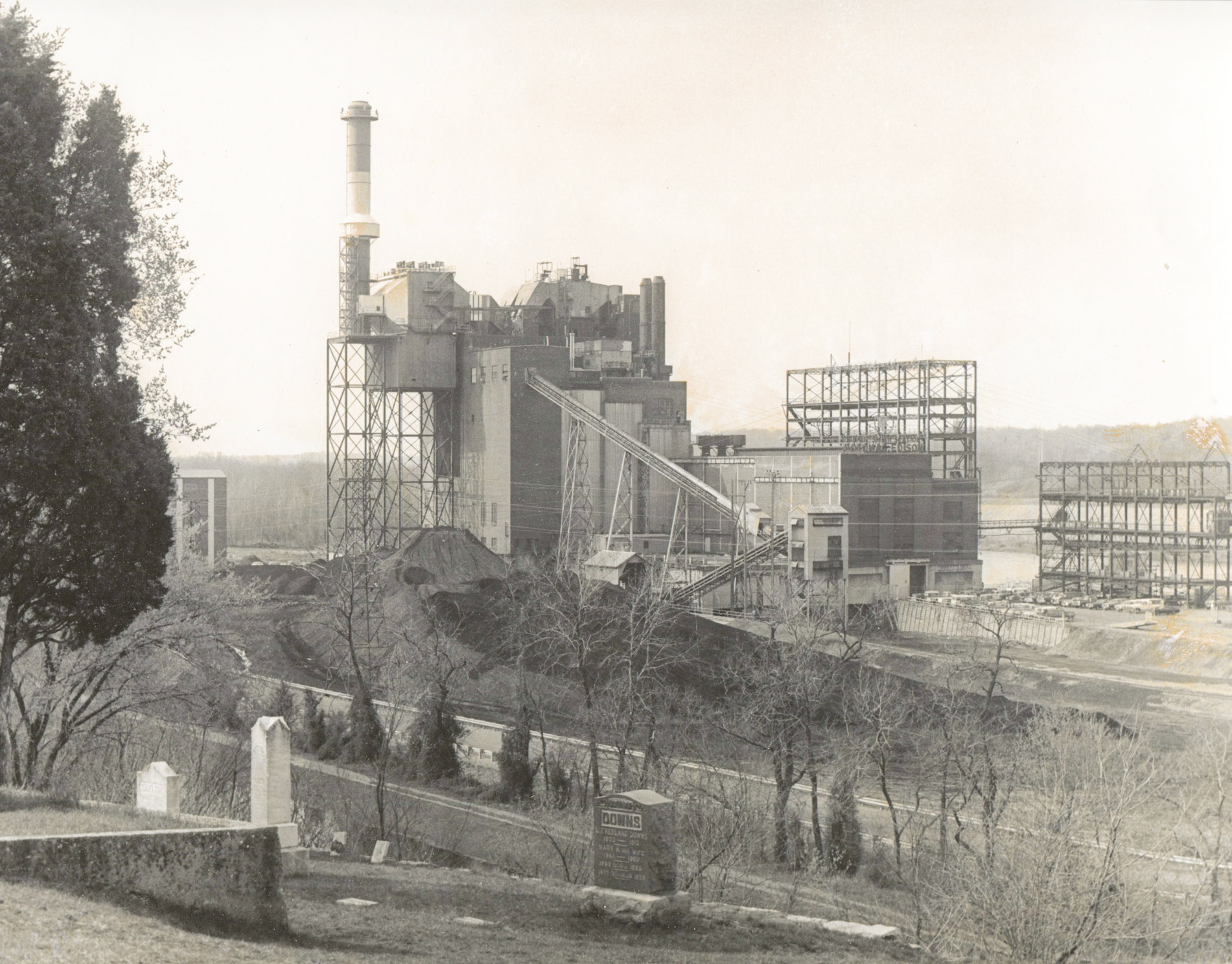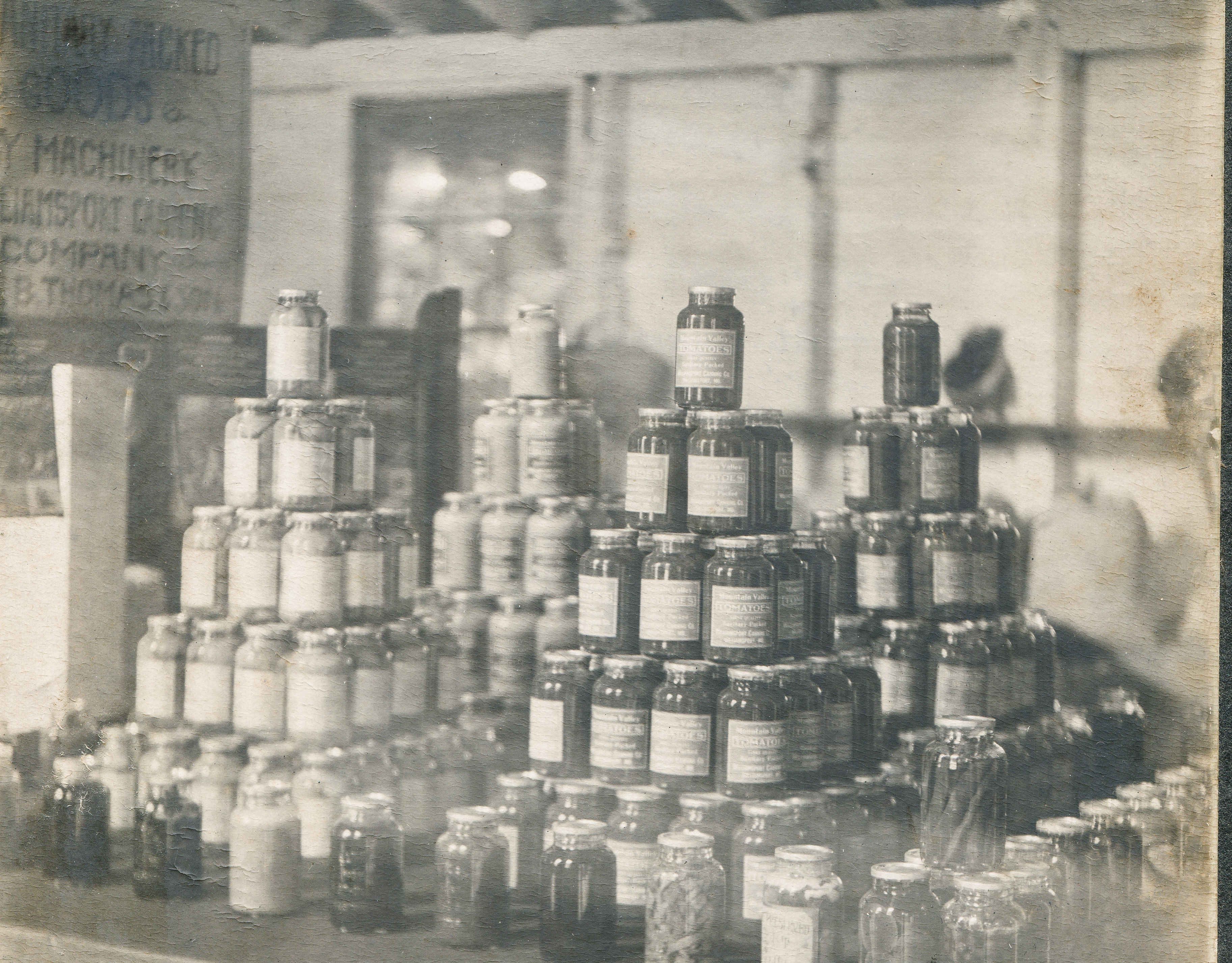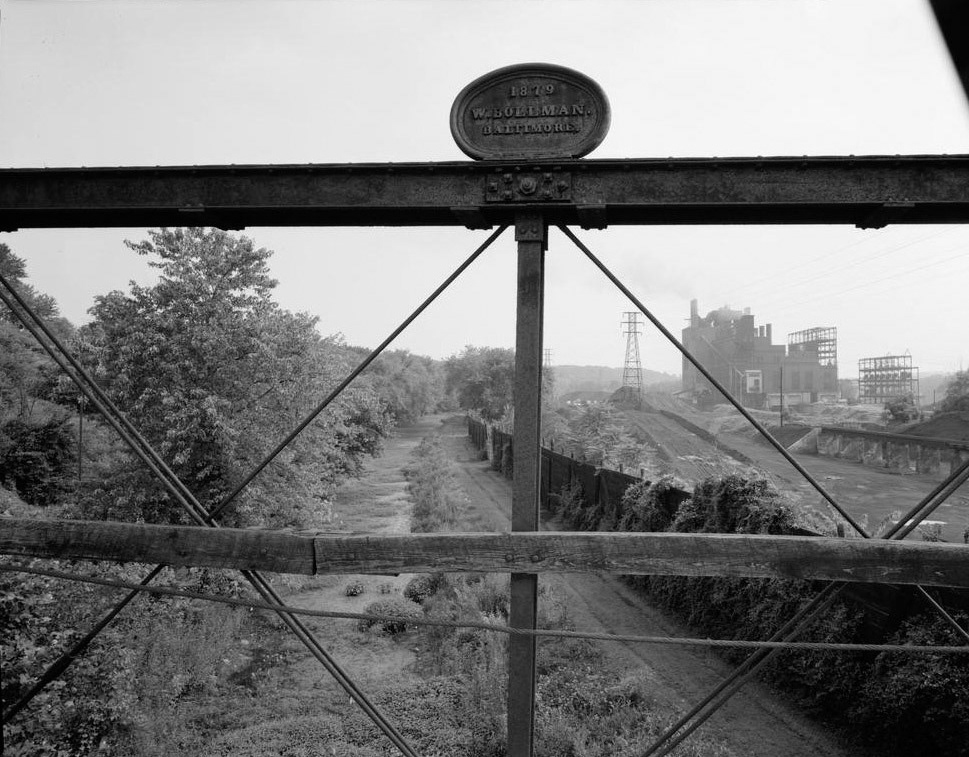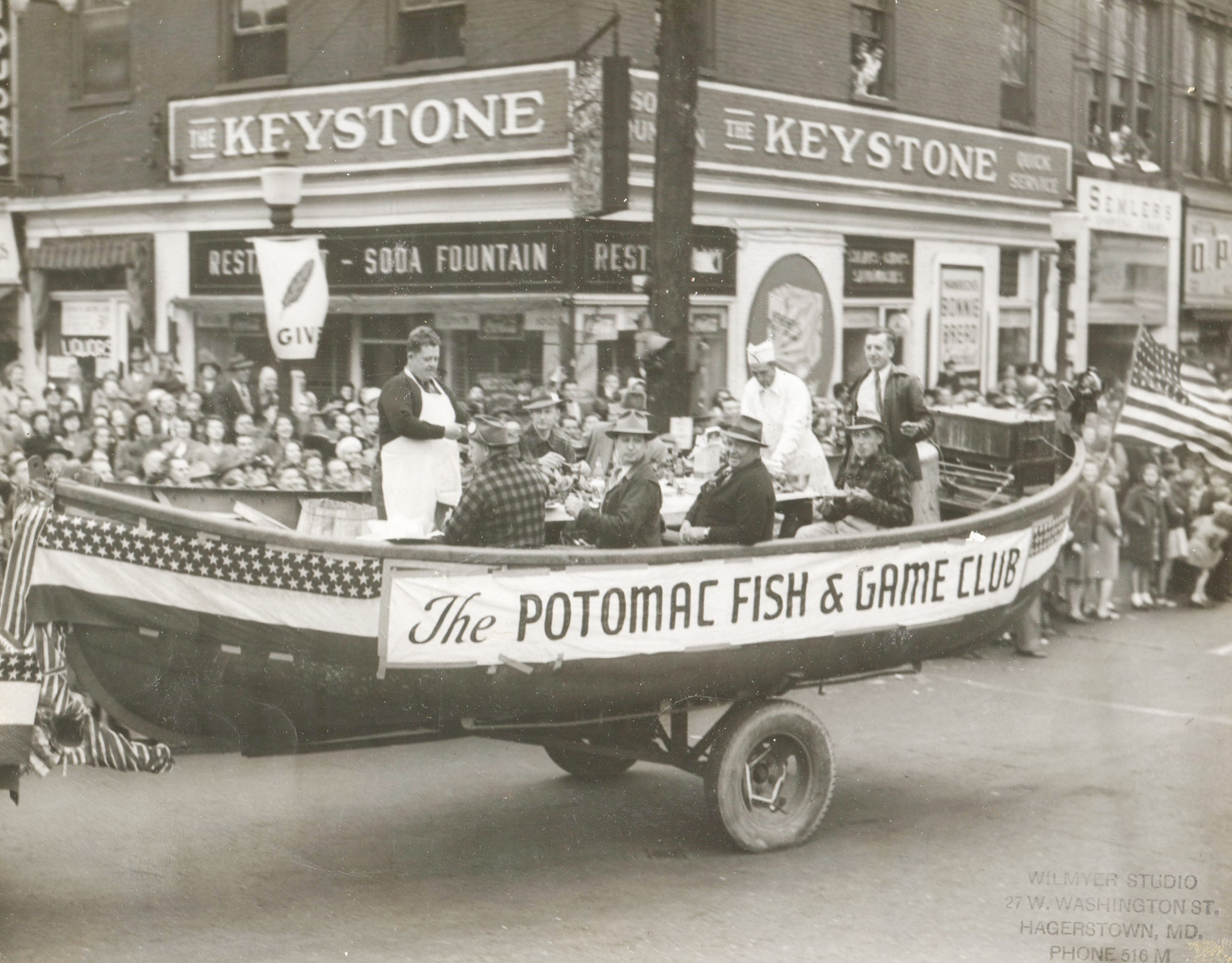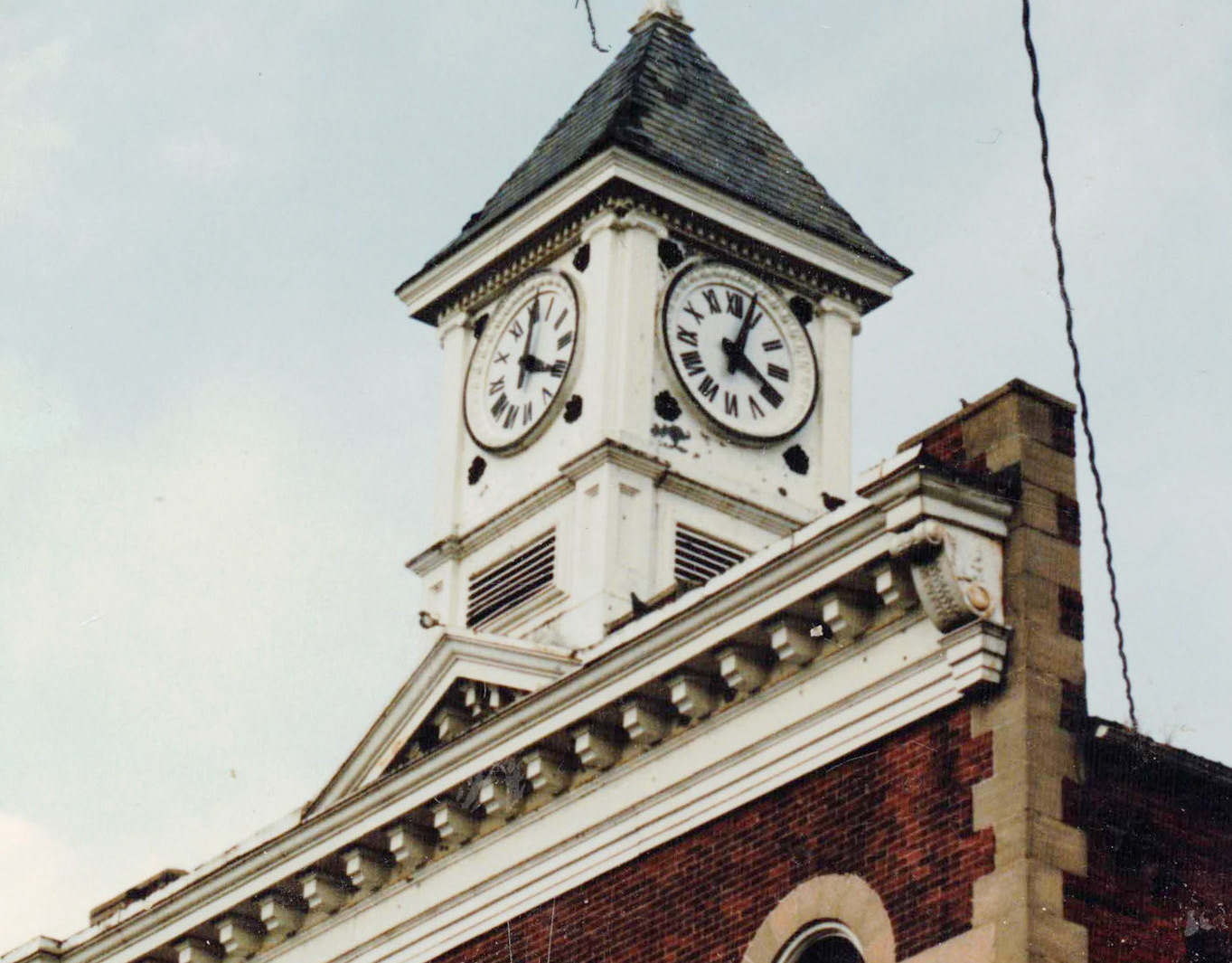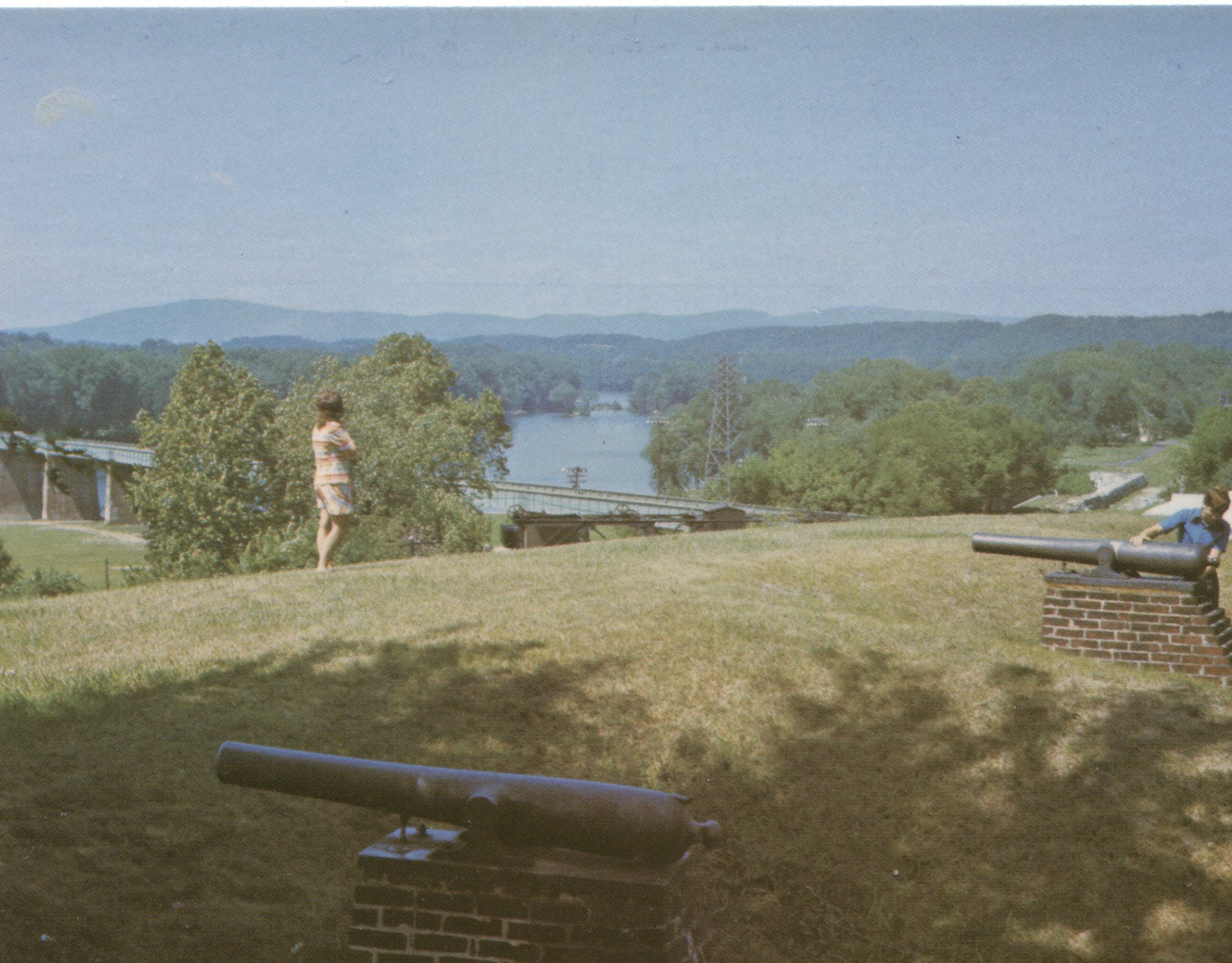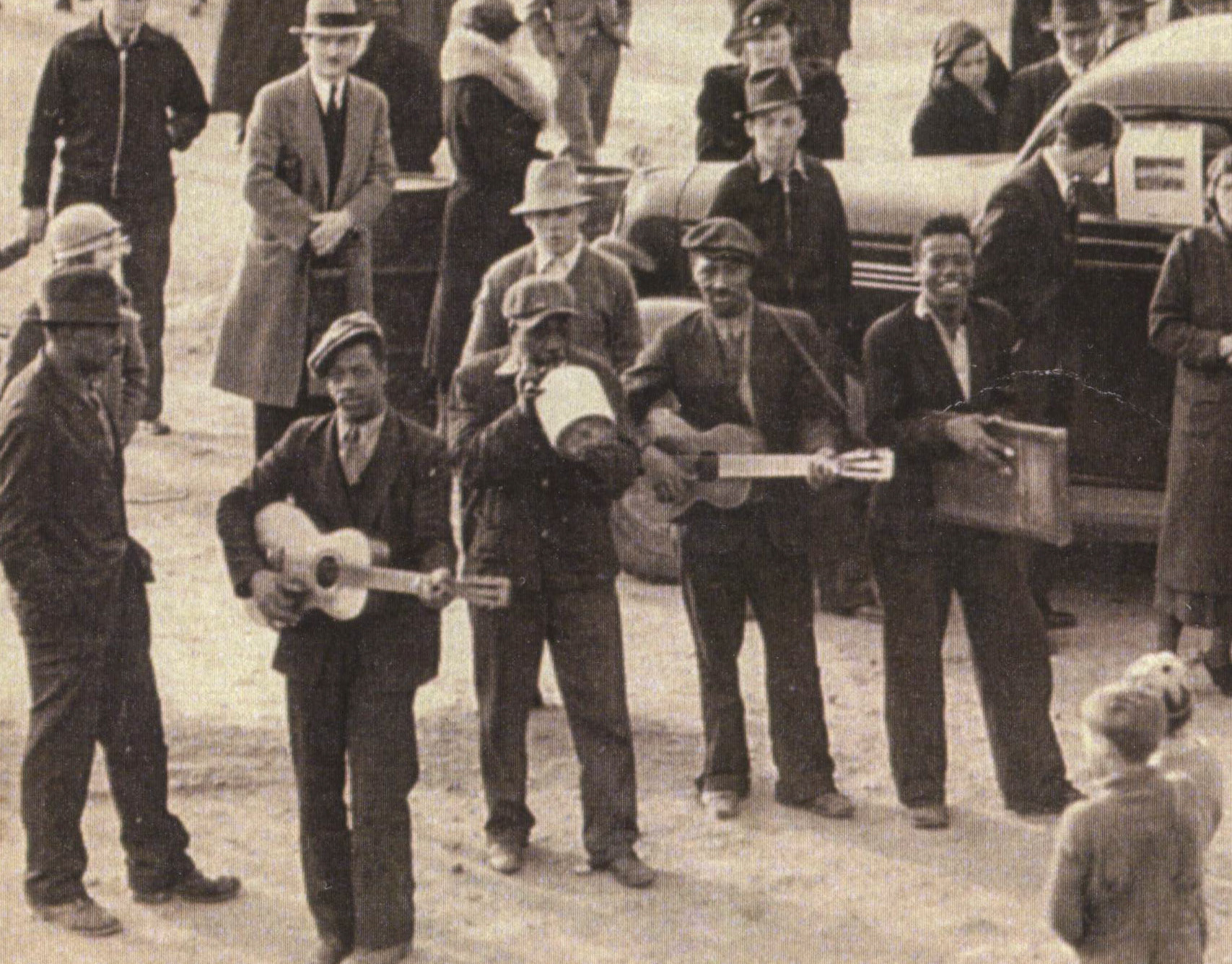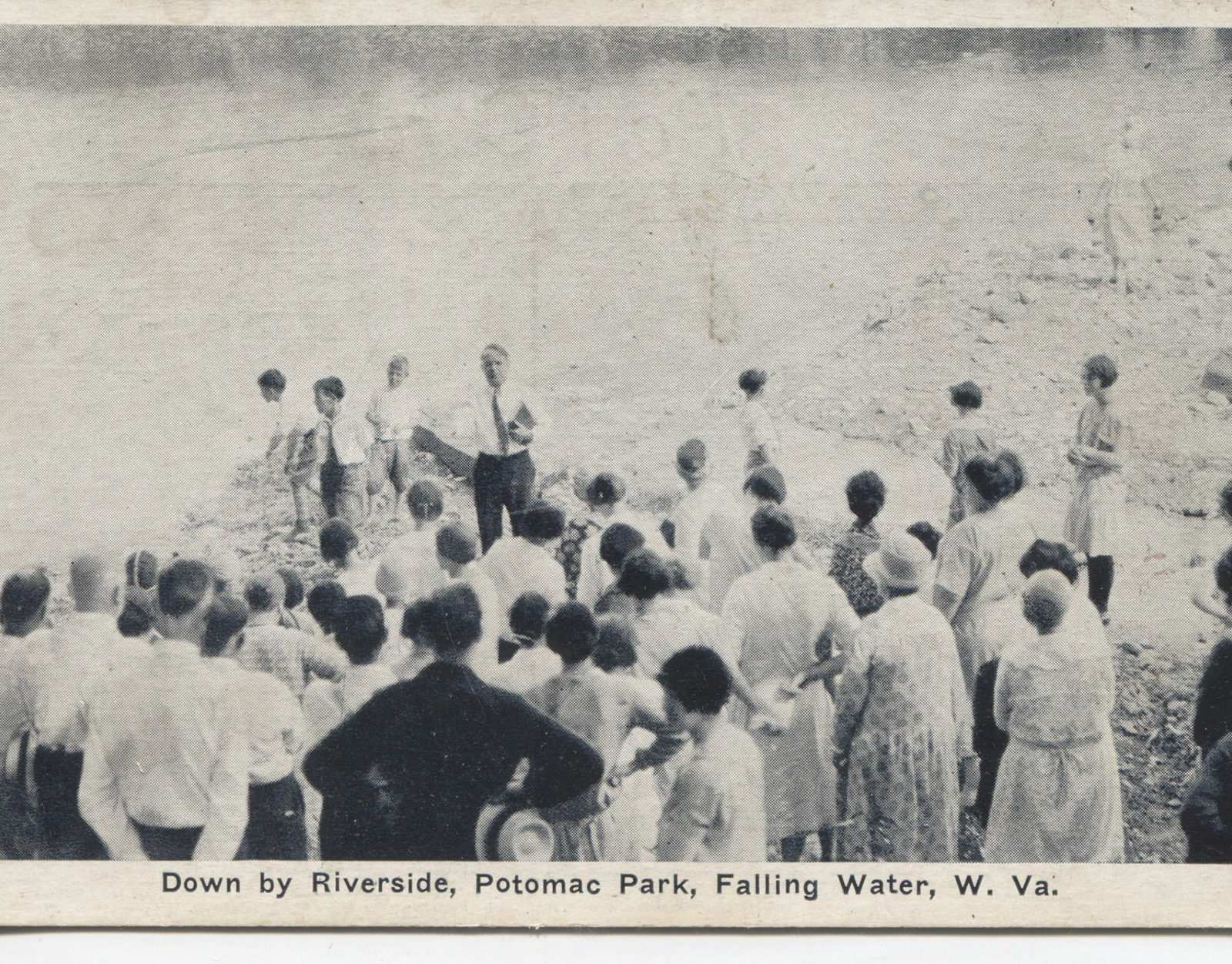Brickworks of Australia, is the parent company of Glen-Gary of Wyomissing, Pa., which is the parent company of Brickworks Eddie Acquisition Corporation of Maryland, that own what remains of the old Cushwa Brick Company. To this day, Brickworks offers custom handmade bricks known as the Cushwa Bricks. The Cushwa lineup of Calvert Colonials “has always been synonymous with Colonial America and its rich heritage.” According to Brickworks, more than 1.7 billion Cushwa bricks have shipped and been installed across North America.
In 1868, Victor Cushwa (1822-1921) acquired a half-interest in an old brickwork company just west of the Conococheague Creek at Williamsport. Located along the banks of the Conococgheaue Creek, it was appropriately named the Conococheague Brick and Earthenware Company. Brickworks advertises they have documentation that the Conococheague Brick and Earthenware Company was operating as early as 1814.
Cushwa kept the name Conococheague Brick and Earthenware Company until 1896, when he changed the firm's name to Victor Cushwa & Sons after adding his son Victor and son-in-law Emmett Cullen into the firm. The brickyard would stay in the Cushwa family until 1987. Since then, several owners have concluded it was too costly to update the antiquated facility.
Following a destructive fire in 1922, Cushwa dramatically expanded his plant operation by installing three new kilns.
The grounds surrounding the brickworks provided an ample supply of clay needed to create bricks - therefore, it is reasonable that a brick-making business did exist on the site well before Victor Cushwa purchased the Conococheague Brick and Earthenware Company.
Photo circa 1922
The Western Maryland Railroad provided transportation of Cushwa Bricks to the eastern seaboard.
Setting Bricks in Kiln, Victor Cushwa & Son Co., L-R Vic Cushwa, Willis Renner, William Banzhoff, Pat Bowers, Harry Mairack Buzz Banzhoff
The Brickyard Gang, August 1941
Noted on the reverse of this photo: Standing L-R Maggie Byers, Joe Staley, Jim Tyler, Bill Wolfe, Hill Ardinger. Seated George Dunham, Davy Bovey, Buddy Butler, Hurbert (?) Mills, Earl Hose
The Williamsport History Museum was gifted a salesman's catalog from Cushwa Brick. The catalog is filled with period images of structures built with local Cushwa Brick. It is amazing that our Williamsport-produced brick contributed to this collection of buildings.
The Hagerstown Armory built in 1926 is located at 328 N. Potomac Street in Hagerstown. It was listed on the National Register of Historic Places in 1985.
Built in 1926, and first occupied by the chain store F&W Grand, it later was known as the Earles Building. It stands today at 72 W. Washington Street in Hagerstown.
This lovely private residence still stands on Oak Hill Avenue today.
The Boonsboro High School built in 1925, demolished and replaced in 1959.
Built in 1925 by David Cushwa, this lovely brick home stands today at 129 E. Potomac Street in Williamsport.
During the years following the Civil War, orphan children were living with homeless adults in the county Almshouse on N. Locust Street, Hagerstown. In 1883 funds were raised to purchase 355 S. Potomac Street in Hagerstown for “The Washington County Home for Orphan and Friendless Children” and it operated there for the next 44 years. In 1927, the orphans home moved to a newly constructed modern building located on 60 acres in the rural community of San Mar near Boonsboro. Today the building continues to serve as the San Mar Family and Community Services.
In nearby Frederick, Maryland St. Johns Academy
Rosemont Avenue in Frederick, Maryland
Saint Andrew the Apostle School is located in historic downtown Waynesboro, Pennsylvania. In 1925, the school was constructed under the pastorate of Father William Callaghan, 1924-1936. It still operates today.
The Howard University College of Medicine built in 1927, was designed by noted Maryland African-American architect Albert J. Cassell. The building has since been replaced with a modern structure.
Just some of the hundreds, and hundreds of Baltimore Row houses built with Cushwa Brick. Most are still standing today.
The Cokesbury Building at 516 N. Charles Street, Baltimore it was built in 1921 as the Methodist Cokesbury Book and Church Supply. It was one of the last buildings in Baltimore to have a manually-operated elevator. The building sold in 2022 for $1.925 million.
Located 1175 Park Avenue, in Carnegie Hill, New York, the median price for a unit in this building today is $6.4 million.
New York City’s Upper West Side is one of the most desirable neighborhoods in Manhattan. With 76 apartments, a residence in 277 West End Avenue today begin at $2.2 million.
The Roosevelt Apartments, 415 County St, New Bedford, MA
